What is the standard for measuring the grindability of coffee? How to determine the grindability and brewing water temperature of hand black coffee?
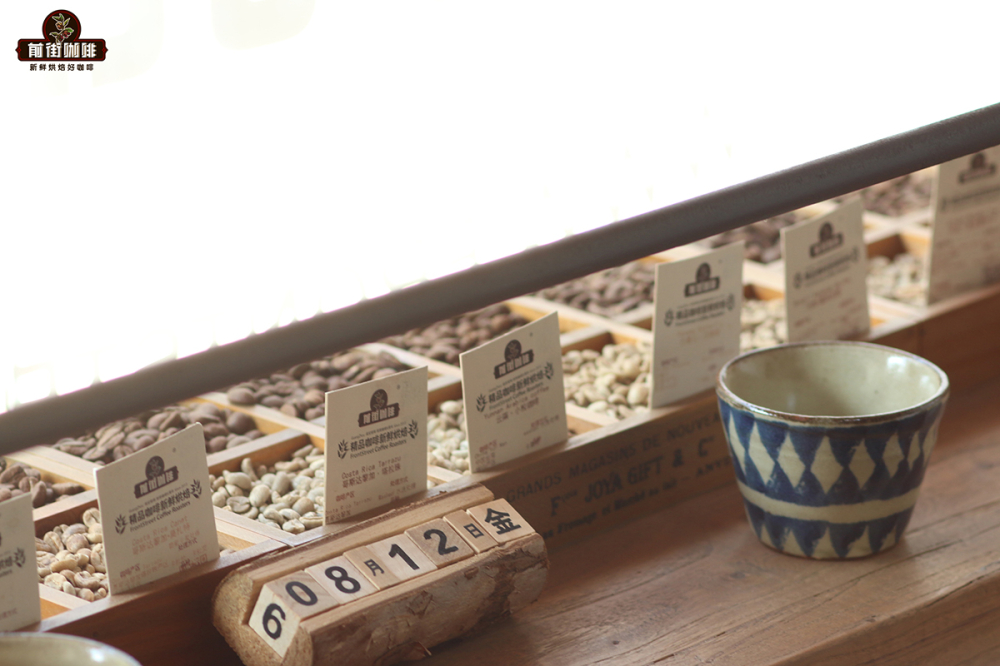
We have got a single coffee bean we have never met before. How should we determine its flavor? Then there will be a cup test! Qianjie coffee in each purchase of a coffee bean, whether on the shelf or not, will conduct a cup test to determine the flavor of the coffee bean. So how to test a coffee bean you've never met before?
At present, there are two commonly used coffee cup test standards, one is the SCA coffee cup test standard, the other is the COE cup test standard. They are almost the same, except that the weight of each score for coffee is slightly different. Today, Qianjie will introduce the cup testing system of SCA.

SCA, also known as the Fine Coffee Society, was formed by the merger of SCAE European Fine Coffee Society and SCAA American Fine Coffee Society in 2017. It is currently the authoritative institution in boutique coffee. Therefore, many coffee cup tests are based on the template of SCA. So let's see how SCA's coffee cup test is done.
Preparation stage
In the cup test of SCA, we need to prepare some instruments and cup test parameters. Instruments such as cup test bowl, cup test spoon, parameters such as cup test coffee bean sample requirements, grinding degree, water temperature, ratio, time and other parameters.
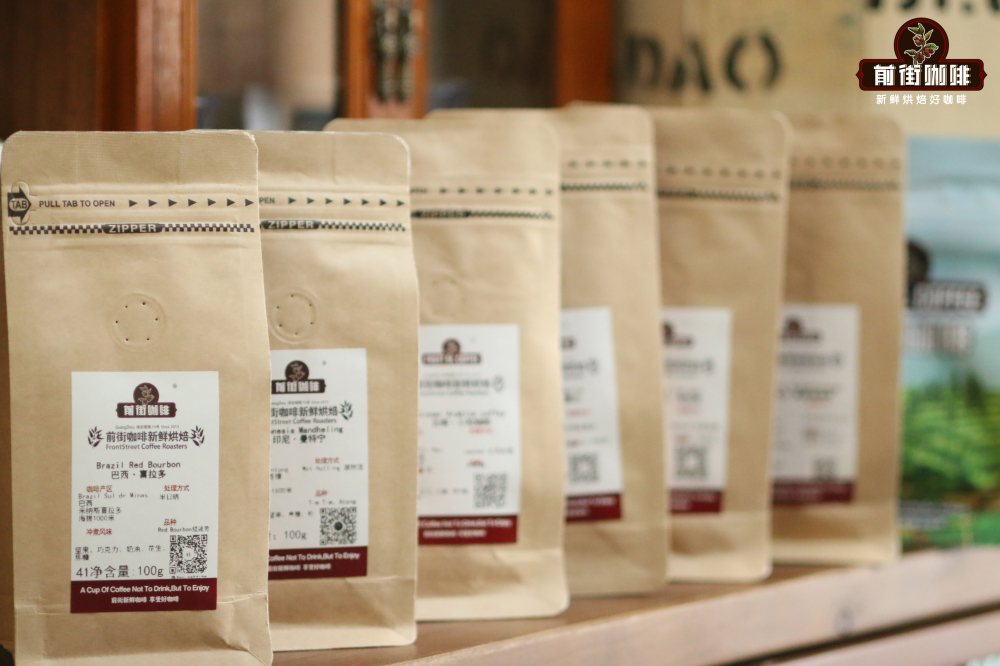
Determination of sample beans by ① cup
The sample beans tested in the Qianjie cup will be tested within 8-24 hours after the baking is completed. When the temperature of the baked sample bean drops to room temperature (about 20 degrees), put it in a sealed container or airtight bag until the cup test is carried out to reduce contact with air and prevent pollution. Sample beans should be kept in the shade temporarily, but do not need to be frozen or refrigerated.
Measurement of grindability of coffee beans by ② cup
With regard to the grindability of coffee cups, the cup test standard of SCAA is the pass rate of No. 20 screen (085mm aperture) 70% Mel 75%. In the front street, each coffee bean (including a different baking curve of the same coffee bean) will be calibrated to ensure that the grinding degree of each cup test reaches the standard range. Coffee beans will be dried and fragrant in front of the street after grinding.
③ cup test bowl
The cup test bowl must be clean and odorless, uniform in size and material, and extra odor-free cup lid should be prepared to cover the cup test bowl after grinding to reduce flavor loss. The cup test bowl used in the front street is made of ceramic material, which has the function of heat preservation and has a capacity of 200ml. It should be noted here that although most cup test bowls have their own scales, Qianjie recommends regular weighing for calibration, and there may be errors in different batches of production from different manufacturers.
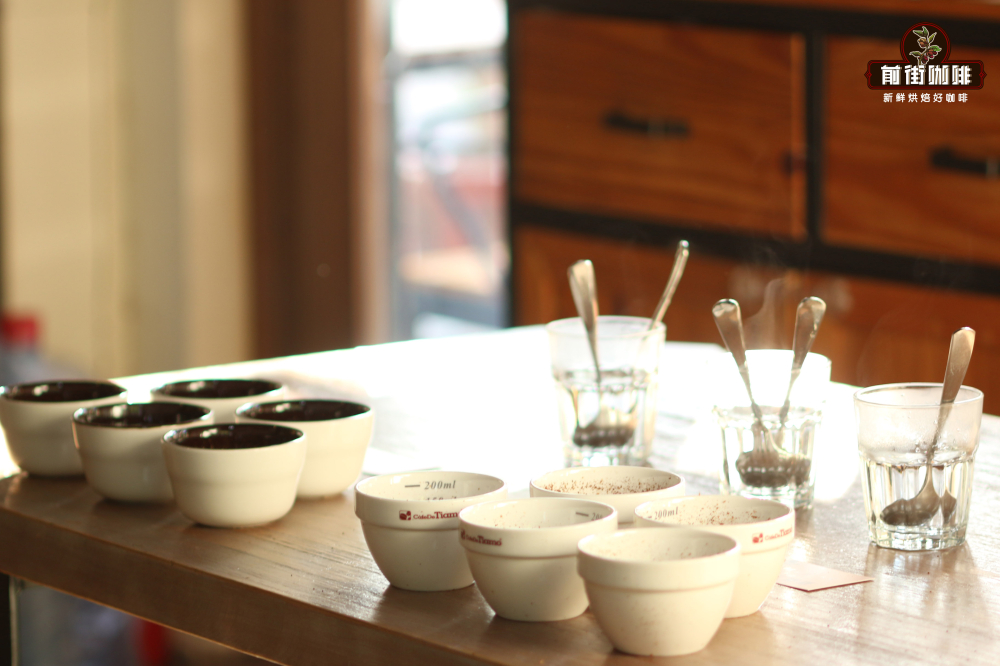
④ cup to measure the ratio of powder to water
The powder-to-water ratio measured in the cup of SCAA is 1RU 18.18. The standard cup test bowl capacity is 200 ml (scale), even with 11 grams of coffee powder and 200 ml of hot water.
Water quality used in ⑤ cup test
The original standard total dissolved content (TDS) of water quality is between 125and 175ppm, but not less than 100ppm and not more than 250ppm. In the front street here, it is not recommended to directly use unfiltered tap water for cup testing after boiling, which will affect the final judgment of coffee flavor. Measuring water temperature with ⑥ cup
Because the cup test is soaked in a relatively large proportion of powder and water, in order to make the rich expression of coffee clear, the water temperature of 94 degrees can well show the flavor molecules of coffee powder.
Matters needing attention in cup testing
①, please keep silent during the cup test. Do not communicate with others or make body language.
② participants should avoid using substances such as perfume that affect the senses of others.
Coffee cup test specific operation
SCA's cup test is that a sample of coffee beans requires a group of five cups to judge the consistency of the coffee. The position is like the style of the Olympic rings.
Dry fragrance link: first grind all the coffee powder, put it into the cup test bowl and cover it with a lid, after the members confirm it, open the lid at the same time to evaluate the aroma, after two rounds of dry incense smell, you can carry out the step of water injection. This time is no more than 15 minutes, depending on the number of samples in 5-15 minutes.
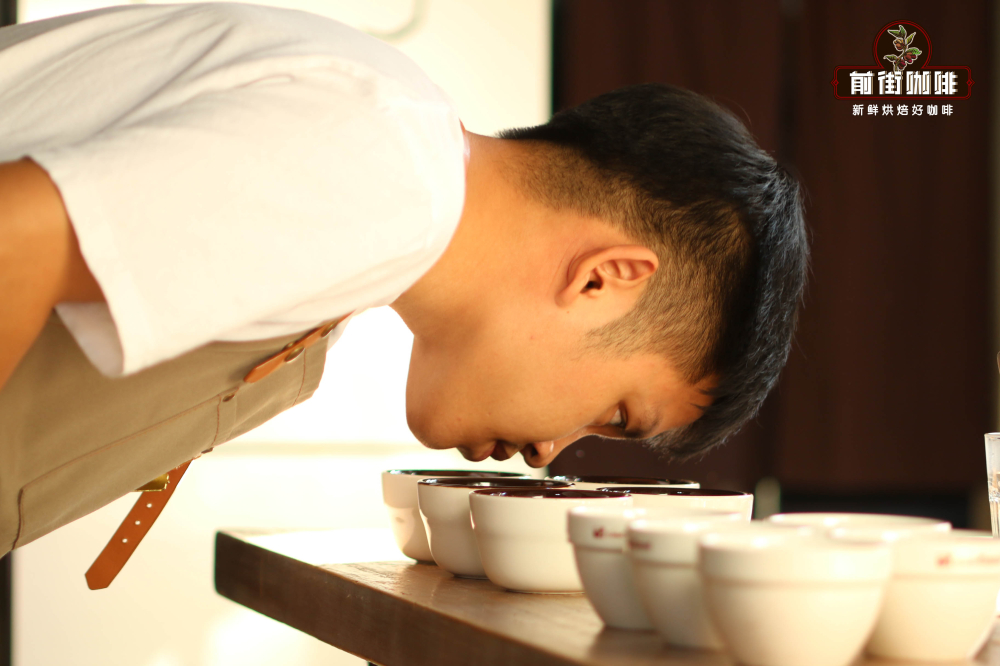
Water injection link: the hot water of 94 degrees is injected at one time according to the powder-to-water ratio of 1purl 18.18, and the timing is carried out at the same time. The wet aroma of coffee beans can be evaluated after water injection. During this period, you can prepare two bowls of hot water and two cup spoons for each sample, and wait for 4 minutes to enter the slag breaking and slag fishing step.
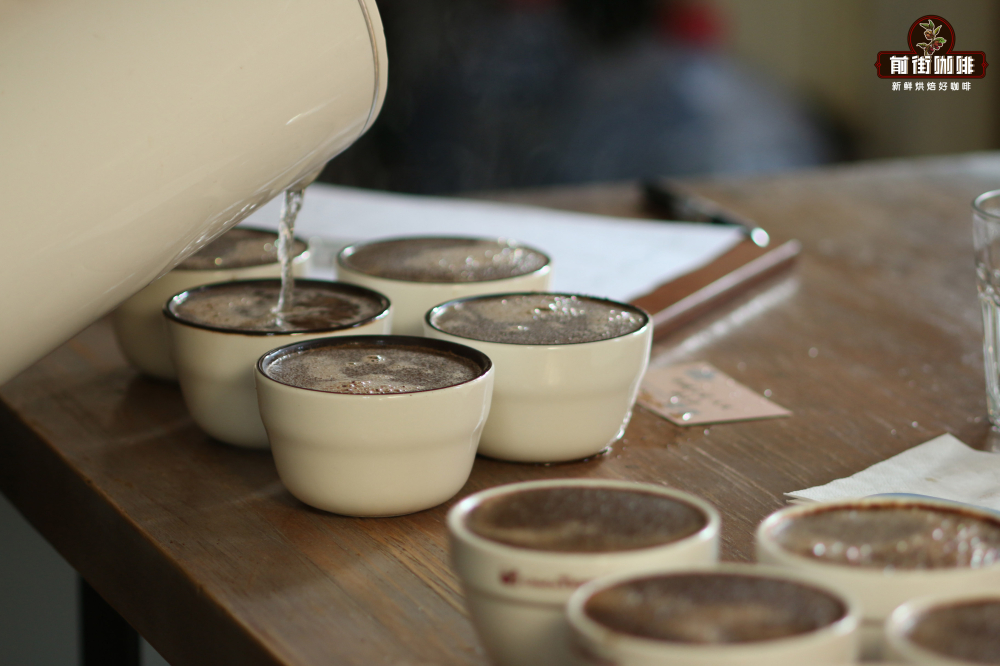
Wet fragrance: during the 4 minutes of soaking, we can confirm and record the wet incense.
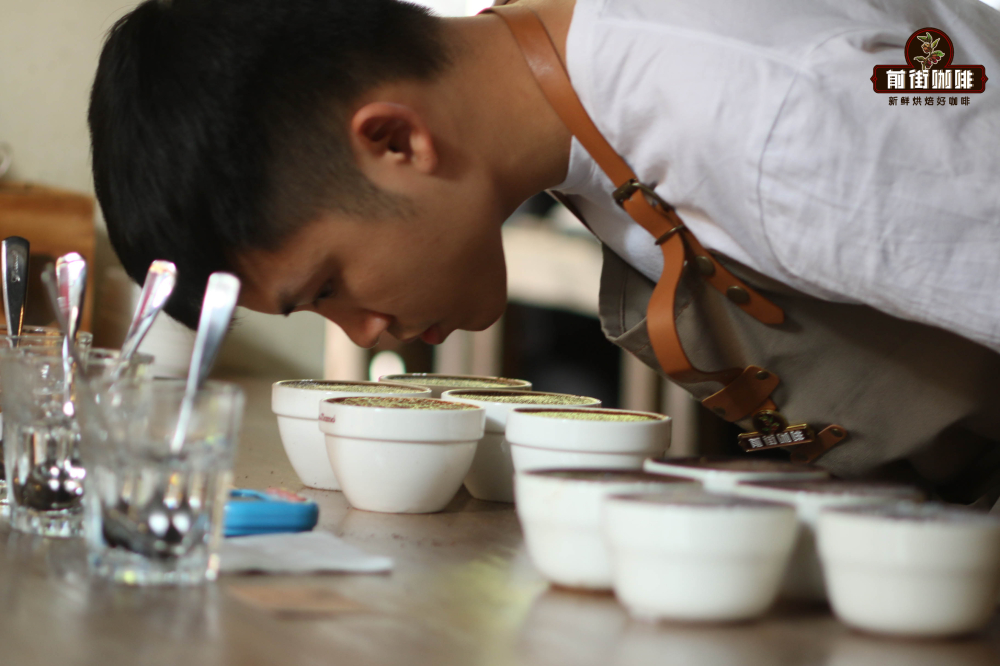
Broken dregs and salvage links: after arriving for 4 minutes, gently push the coffee liquid surface with a cup spoon to break the scum on the coffee surface and the surface is golden grease. Use a cup spoon to pick up all the coffee scum that remains on the surface of the coffee, a process called salvage. Wash the cup spoon with hot water before each scavenging and use a paper towel to absorb some of the remaining water from the spoon to avoid confusing the flavor.
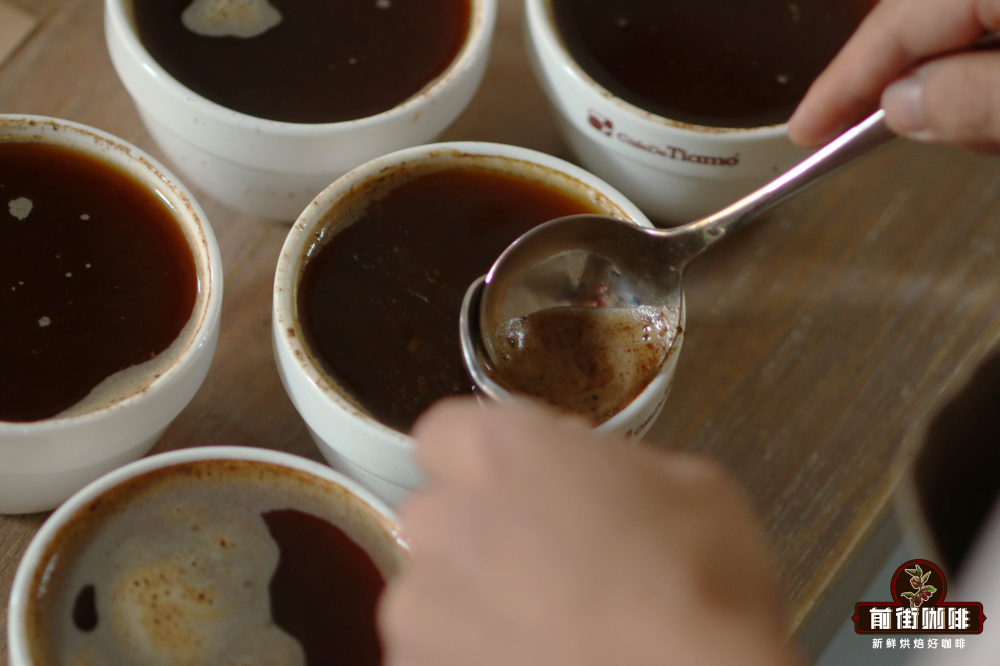
Tasting link: after collecting the dregs, a new round of wet fragrance evaluation can be carried out, and the wet fragrance will be very similar to the flavor drunk. When the temperature of the coffee liquid drops to 70 °C, drinking evaluation can be carried out.
During the cup test, we will use the way of sipping to evaluate the drinking. Although the sound of sipping too loudly always makes people feel a little indecent, the action of sipping can atomize the coffee liquid, increasing speed on the one hand, and improving the sense of smell and taste behind the nose on the other.
The flavor will show different performance at different temperatures, and the best cup testing time is that the coffee is still in a warm state. At this time, we can evaluate the flavor, sour quality, sweetness, aftertaste, body texture and other aspects of the coffee.
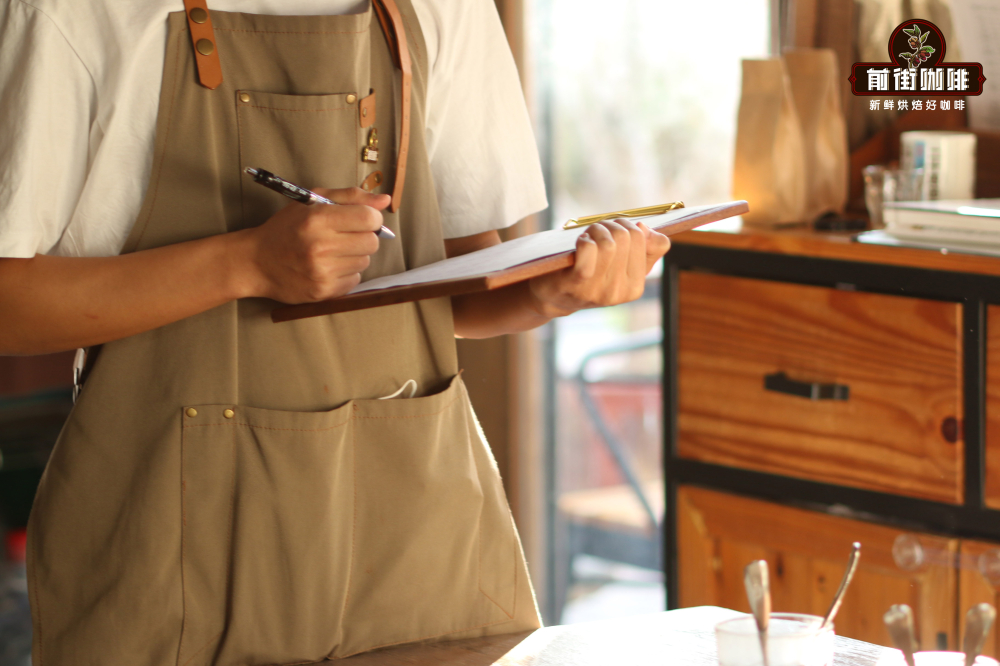
The SCA cup meter is widely used to measure the value of coffee all over the world, but it has not changed after nearly 20 years of use. Qianjie learned that Mr. Mario, the technical officer of SCA, said that over the past 20 years, the coffee industry has undergone earth-shaking changes and sensory science has made continuous progress, so the SCA cup meter needs to be revised. He mentioned that although there was sweetness in the cup meter in the past, it did not affect the change in scores, and now more and more people think that sweetness should also be used as a rating item for coffee.
At the same time, he also pointed out that SCA's rating scale includes distinguishing judgment (finding out the difference between coffee), descriptive judgment (understanding and describing flavor), and emotional judgment (subjective preference). It is difficult for one to use reason to make these three types of judgment at the same time. So Mr. Mario also posted the first version of the new cup meter. It adds descriptive words and some additional key questions to the traditional cup meter.
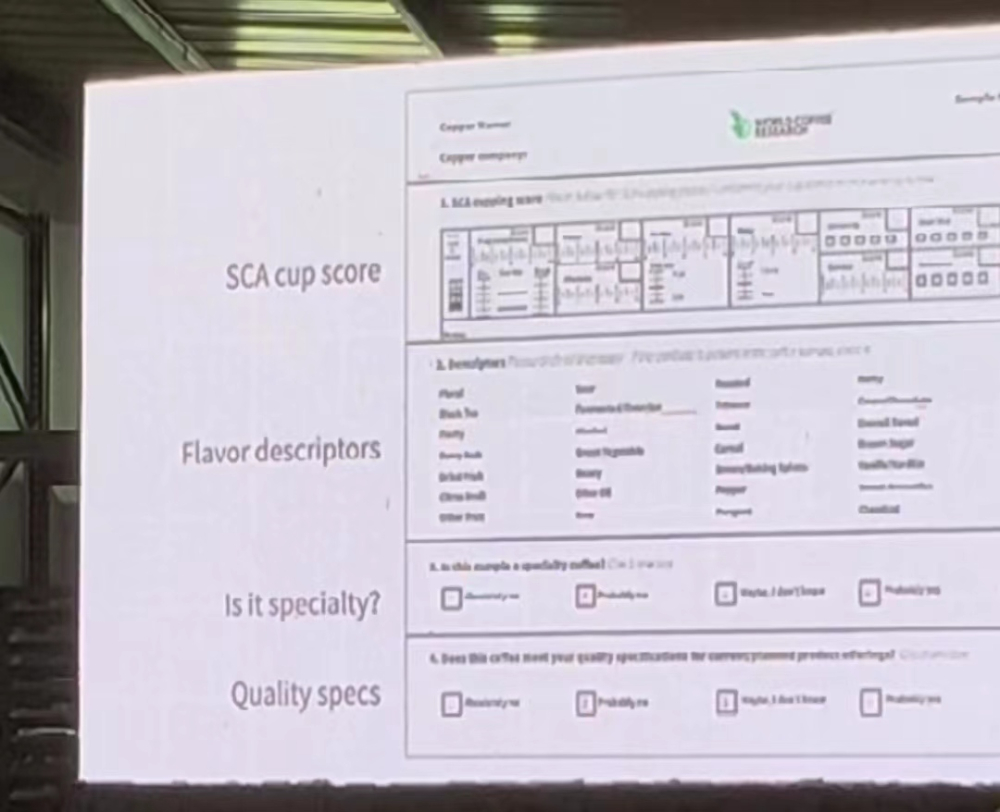
Finally, he said that the description of the flavor wheel published in 2016 is based on the flavor commonly used by North Americans. In the future, all kinds of local flavor wheels will be launched according to the local culture and diet.
After the cup test is completed, we have to determine the hand grinding degree, yes, that's right, the cup test grinding degree can not be used in other cooking methods! Taking the 0.85mm aperture screen as the standard, Qianjie coffee brews black coffee with different tools, and the pass rate of grinding thickness standard sieve is as follows: ice drop > hand flush, race wind 80% > mocha, American drip 75-80%, cup test 70-75%, method pressure 65-70%.
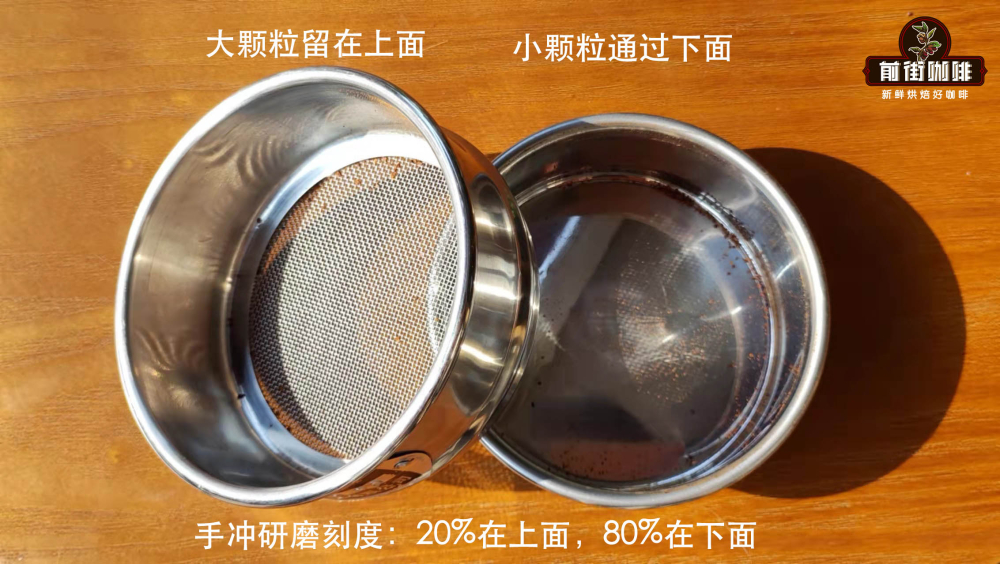
For hand-brewed coffee, there are different passing standards for different roasting degrees. For light roasted coffee beans, the grinding degree commonly used in Qianjie is 75% Mur80% of the screen pass rate, while for moderately roasted coffee beans, the grinding degree generally used in Qianjie is 65% copyright 70% of the screen pass rate.
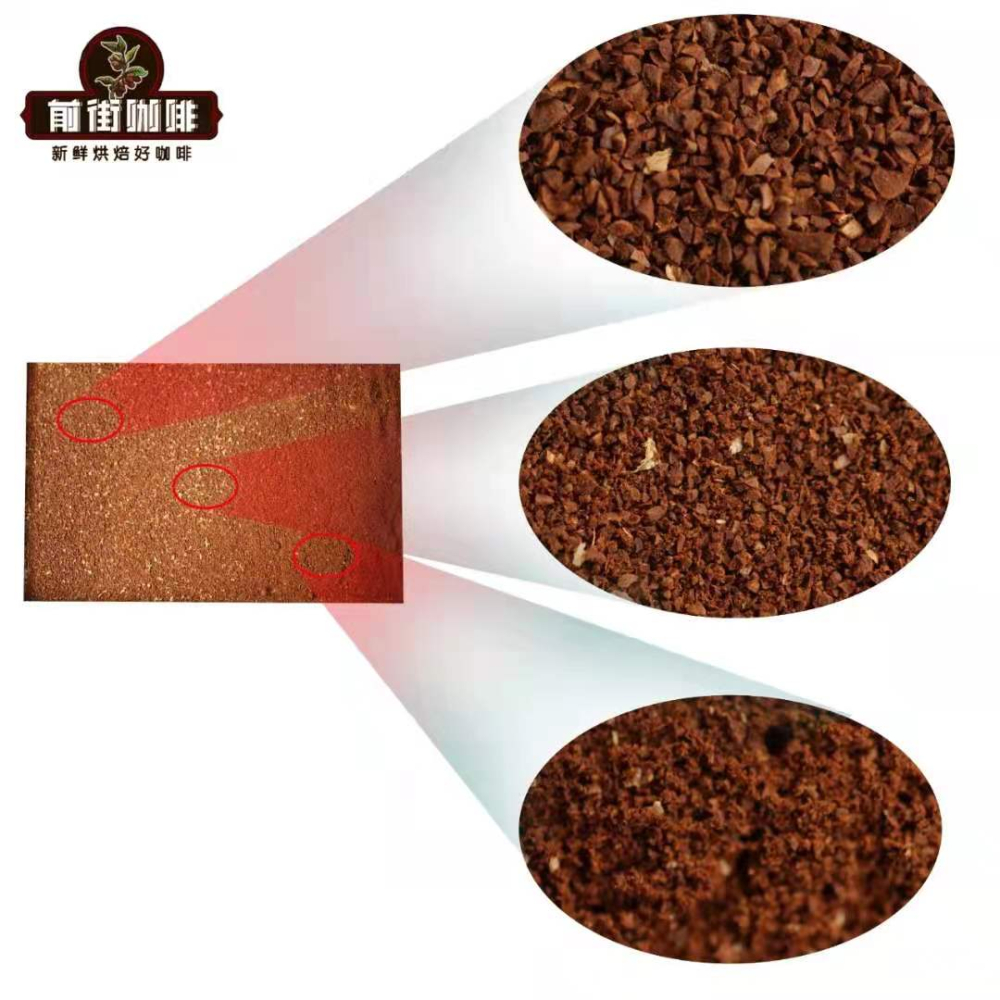
Why distinguish the grindness of light roasted and moderately roasted coffee beans?
The flavor of lightly roasted coffee beans is generally soft / obvious in acidity and soft / obvious in sweetness. In order to better reflect these lively flavor substances, medium and fine grinding (75% of the pass rate of the screen) can release the substance better in the extraction of coffee powder. In the water temperature, Qianjie will use 90-91 ℃. The flavor of moderately roasted coffee beans is generally nut / cocoa and mellow. Medium coarse grinding (65% of the sieve pass rate) slows down the release of mellow substances in the extraction process. 88-89 degrees Celsius will be used in the front street at the water temperature.
Professional coffee knowledge exchange more coffee bean information please follow the coffee workshop (Wechat official account cafe_style)
For more boutique coffee beans, please add private Qianjie coffee on Wechat. WeChat account: kaixinguoguo0925
Important Notice :
前街咖啡 FrontStreet Coffee has moved to new addredd:
FrontStreet Coffee Address: 315,Donghua East Road,GuangZhou
Tel:020 38364473
- Prev
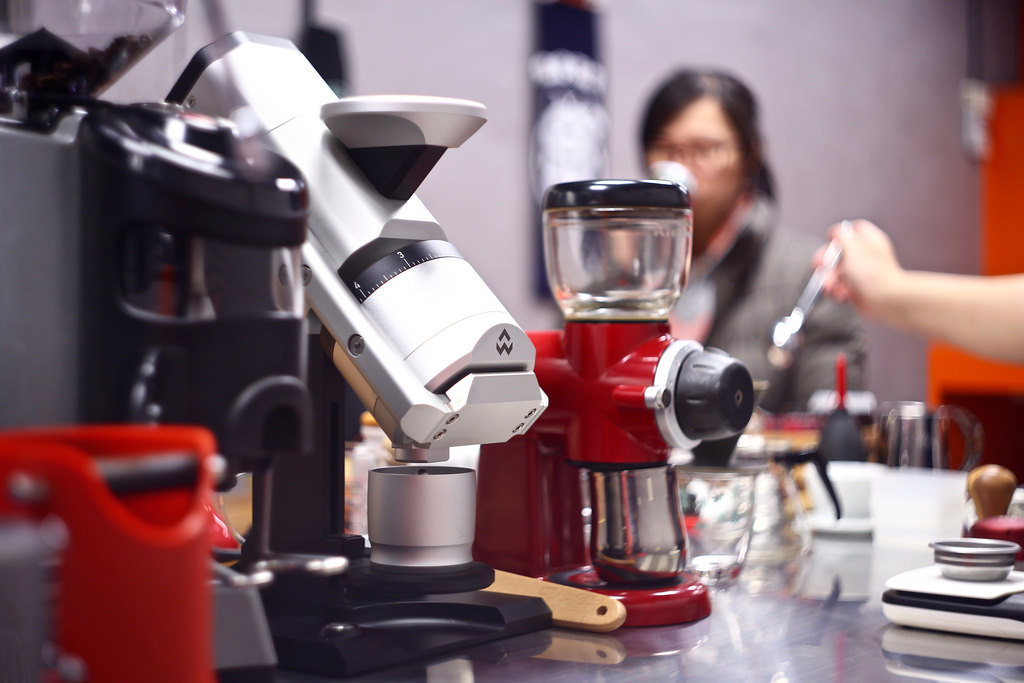
Coffee expert summed up: how to choose a suitable household Italian bean grinder?
Professional coffee knowledge exchange more coffee bean information please follow the coffee workshop (Wechat official account cafe_style) why the coarse ground coffee powder is suitable for drip filter-coffee powder common grinding thickness diagram theoretically the stronger the Specifications, the more professional, the more famous factory should be the best! But it is not so wor when used in the home, such as bean bin size, grinding speed, grinding speed.
- Next

What is the difference between hand-brewed coffee and smart cup coffee? What coffee beans are suitable for smart cups
Professional coffee knowledge exchange More coffee bean information Please pay attention to coffee workshop (Weixin Official Accounts cafe_style) Smart Cup use skills Smart Cup extraction principle Introduction Smart Cup in the end where is smart? CleverCoffeeDripper Smart Cup combines French press pot and hand-made pot
Related
- What is the Philharmonic pressure? How to use Philharmonic pressure to make delicious coffee
- Why does a hand grinder have more fine powder than an electric grinder?
- In addition to the hot mom, what is the difference between the versions of EK43 | ditting and Mahdi ek43?
- What kind of equipment do you need to make coffee by hand? Introduction to novice starter cooking equipment tools
- Espresso needs to be ground how thick and thin scale entry Italian Coffee Machine Bean Grinder investigation and Grinding course
- How much does it cost to open a small private cafe? How much does it cost to learn coffee? How to operate it?
- The difference between the flavor characteristics of hand-brewed coffee and coffee maker is hand-brewed coffee really better than coffee maker? Can I use a coffee machine to make coffee beans by hand?
- The difference between 01 and 02 of hario v60 filter cup what is the difference between 01 and 02 filter cup opening and cooking flavor
- What's the difference between the smart cup and the French kettle? Which is better, the French kettle or the Smart Cup?
- What's the difference between a smart cup and a V60 filter cup? The difference between the taste of smart cup and hand-brewed coffee

